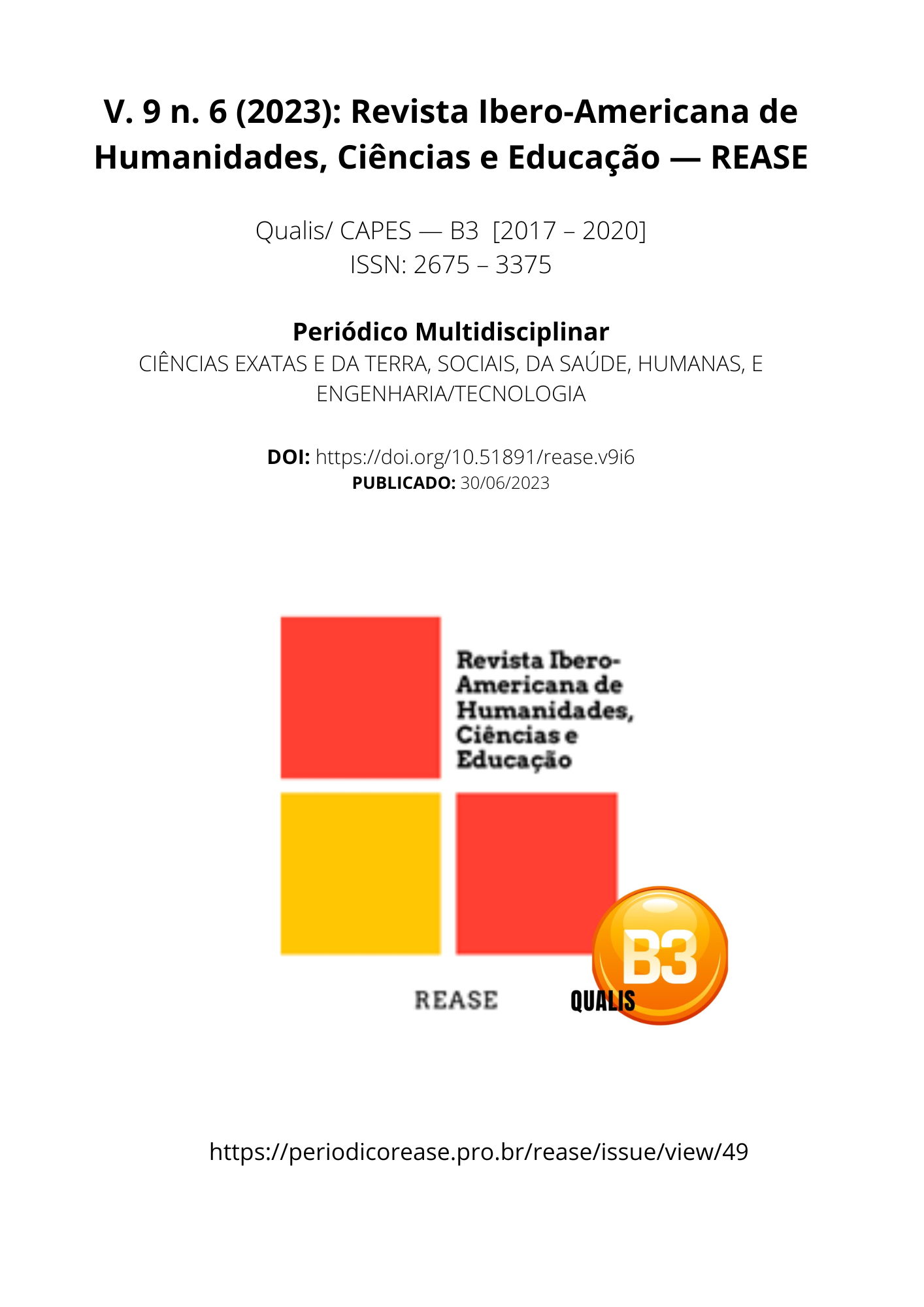A PROPOSAL FOR TEACHING THE BÖHR ATOMIC MODEL IN HIGH SCHOOL
DOI:
https://doi.org/10.51891/rease.v9i6.10437Keywords:
Bohr atomic model. Simulators. Atomic structure. Orbits. Quantized energy. Energy transitions.Abstract
The Bohr atomic model, proposed by Niels Bohr in 1913, describes the atom as a central positive nucleus, composed of protons and neutrons, surrounded by electrons that move in discrete orbits around the nucleus. The orbits are quantized, which means that the electrons can only be at certain specific energy levels. The simulators allow you to interactively visualize and explore the Bohr model. They usually feature graphical representations of atoms, allowing you to adjust energy levels and observe how electrons move between them. Furthermore, they can be used to simulate the emission and absorption of energy by electrons, helping to understand the emission and absorption spectra. These simulators offer a practical and visually appealing way to explore Bohr's atomic model, allowing students to better understand the fundamental concepts of atomic structure. They can be used as complementary educational tools in physics classes, helping to understand the behavior of electrons and the properties of chemical elements.
Downloads
Downloads
Published
How to Cite
Issue
Section
Categories
License
Atribuição CC BY

